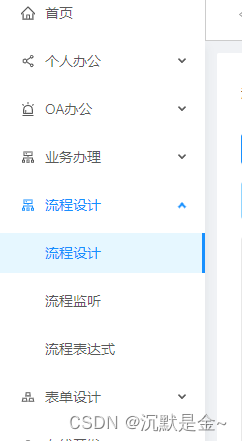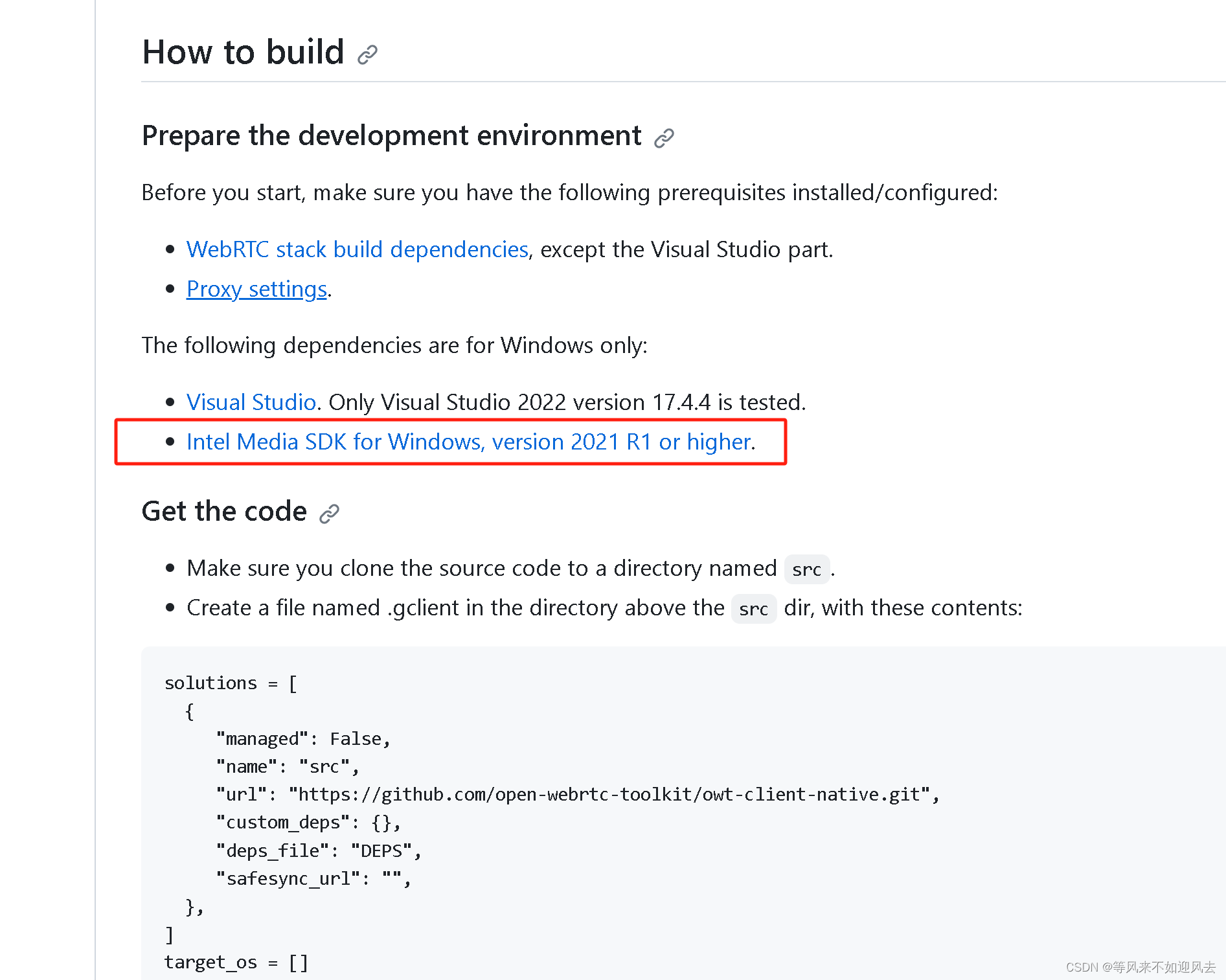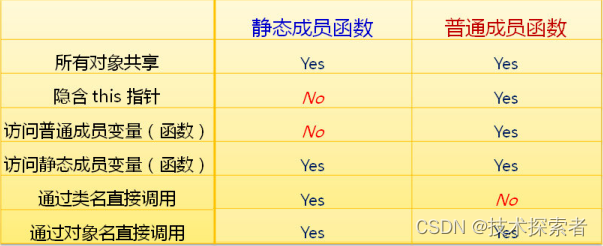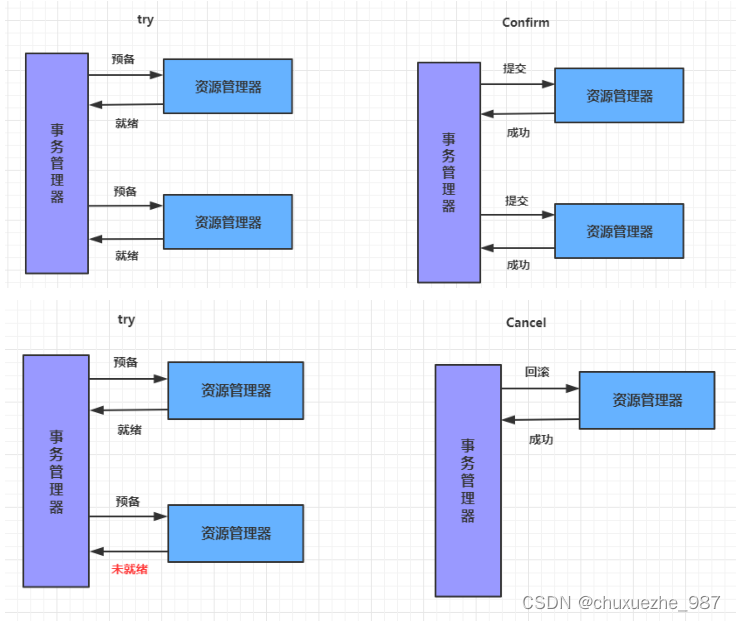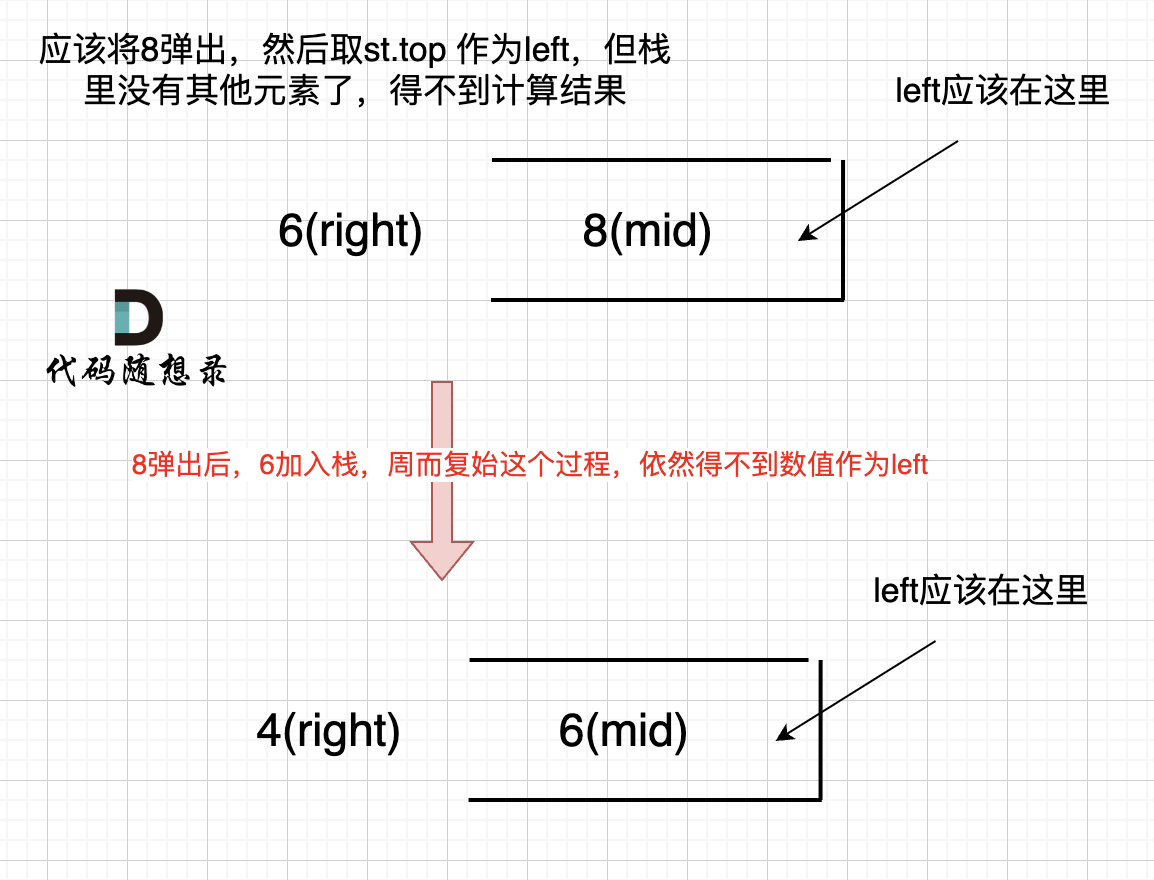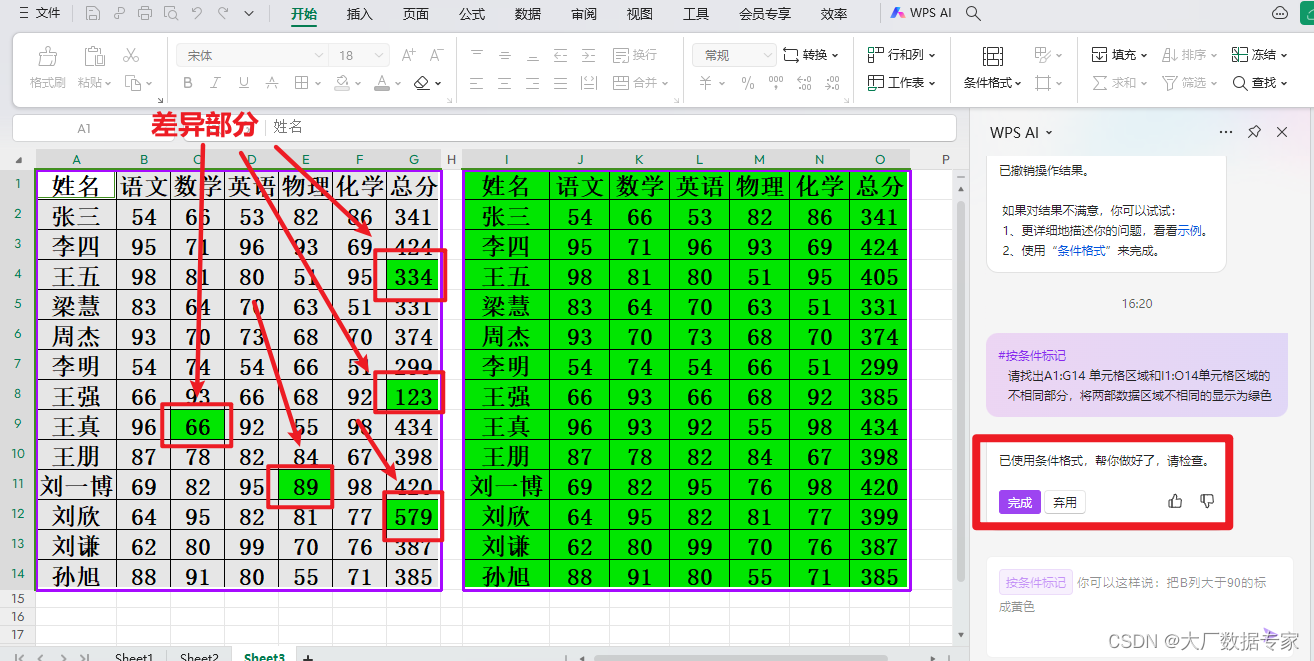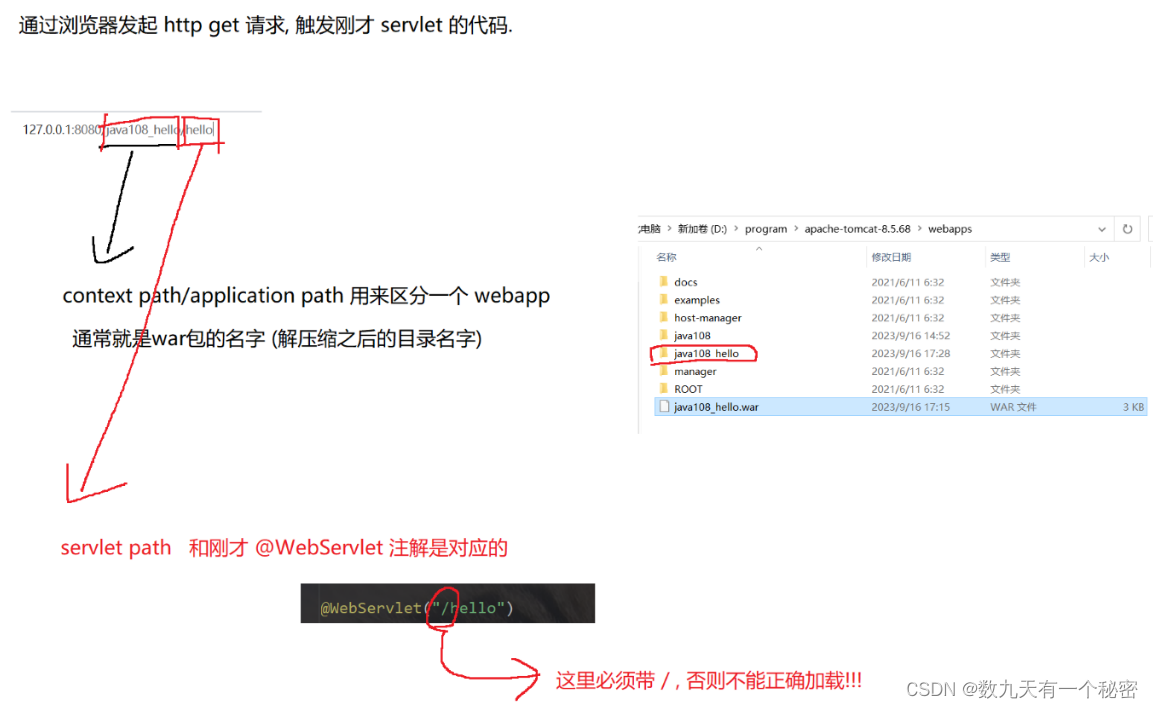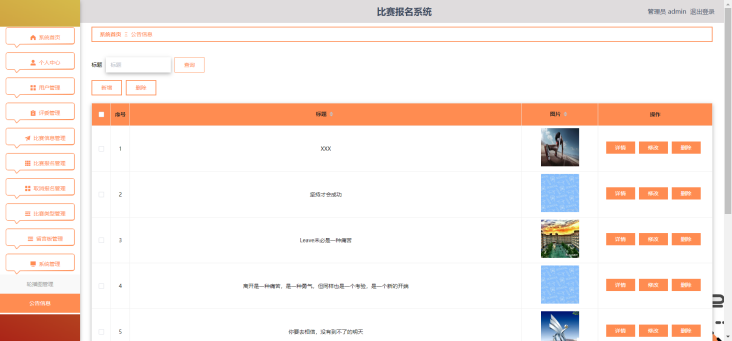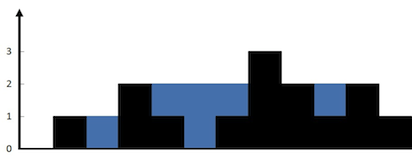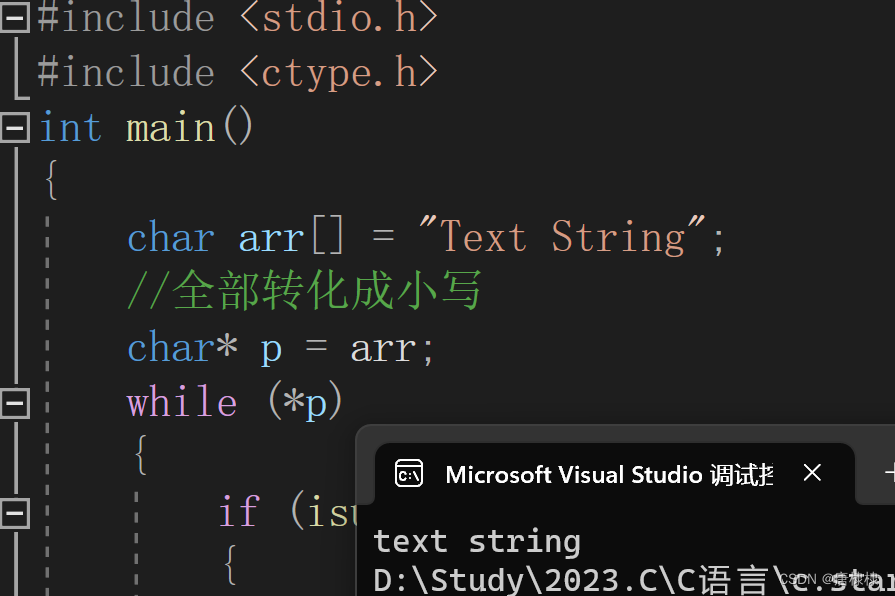文章目录
- 题目
- 方法一:前序递归
- 方法二:层序遍历
题目

方法一:前序递归
在递归遍历到叶子结点时,对比此时的节点深度,若当前节点深度大于当前最大深度,就更新value值,最后记录下的value即为最下最左的节点值
带值(深度)递归(纯递归)
class Solution {
int Deep = -1;
int value = 0;
public int findBottomLeftValue(TreeNode root) {
dfs(root,0);
return value ;
}
public void dfs(TreeNode root,int depth){
if(root == null) return;
if(root.left == null &&root.right == null) {
if(depth >Deep){
Deep = depth;
value = root.val;
}
}
dfs(root.left,depth+1);
dfs(root.right,depth+1);
}
}
不带值(深度)递归(递归+深度回溯)
class Solution {
int Deep = -1;
int value = 0;
int depth = 0;
public int findBottomLeftValue(TreeNode root) {
dfs(root);
return value ;
}
public void dfs(TreeNode root){
if(root == null) return;
if(root.left == null &&root.right == null) {
if(depth >Deep){
Deep = depth;
value = root.val;
}
}
depth++;
dfs(root.left);
dfs(root.right);
depth--;
}
}
方法二:层序遍历
层序遍历 按照从右向左加入每层节点的值,这样每层取出节点的时候,最后记录的就是每一层最左的节点值,然后直到最后一层,记录下最后一层最左的值
public int findBottomLeftValue(TreeNode root) {
int res = 0;
Deque<TreeNode> queue = new ArrayDeque<>();
queue.offer(root);
while(!queue.isEmpty()){
root = queue.poll();
res = root.val;
if(root.right!=null) queue.offer(root.right);
//按照从右向左加入每层节点的值,这样每层取出节点的时候,最后记录的就是每一层最左的节点值
if(root.left!=null) queue.offer(root.left);
}
return res;
}
